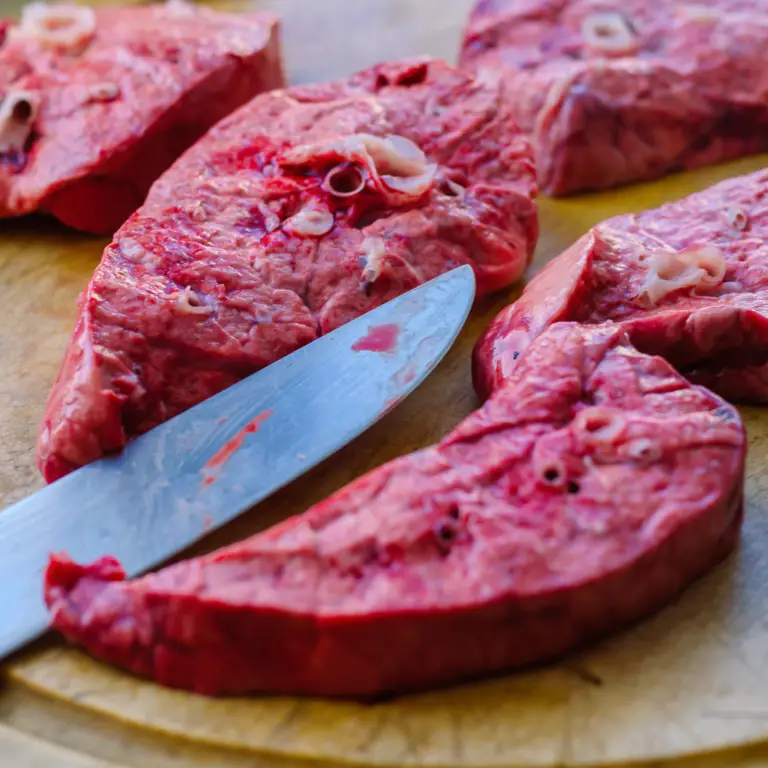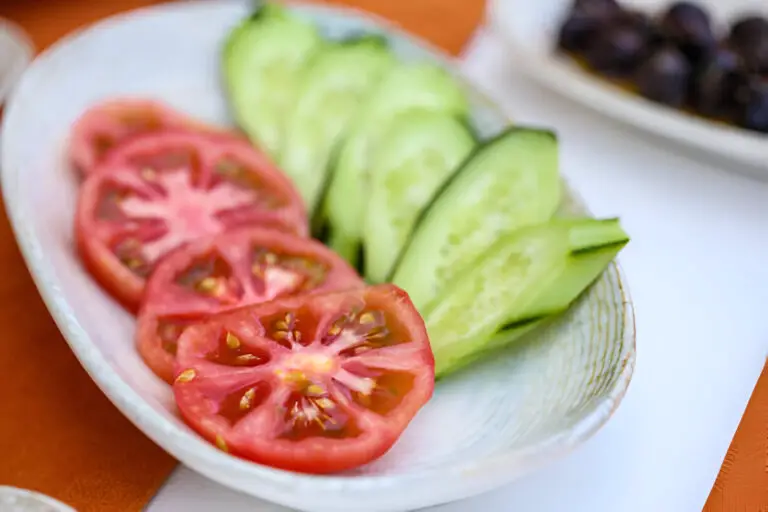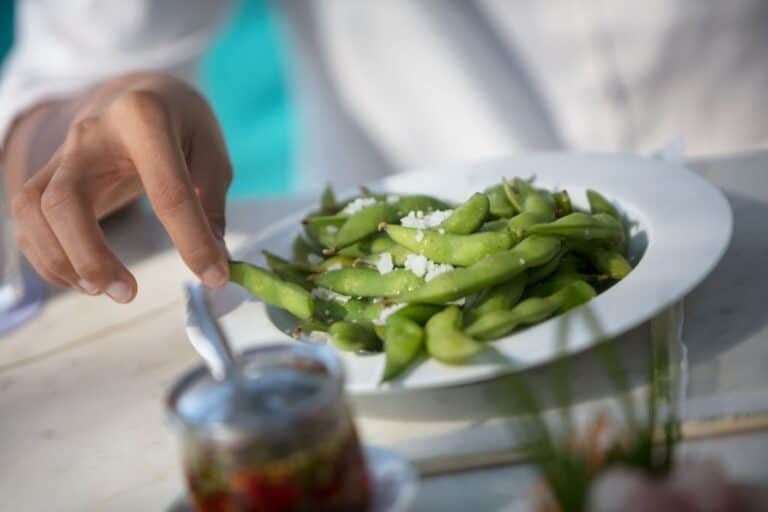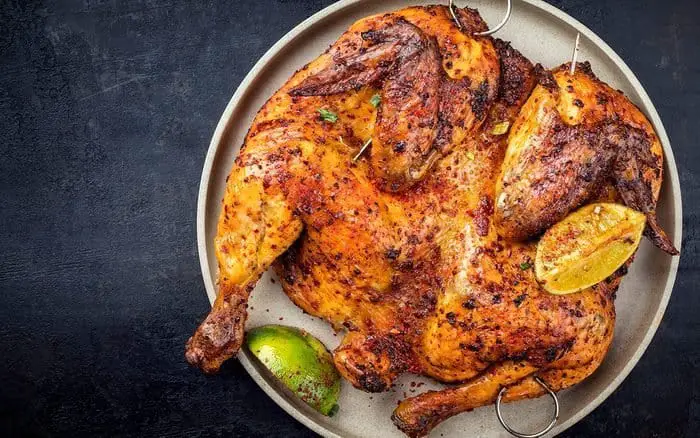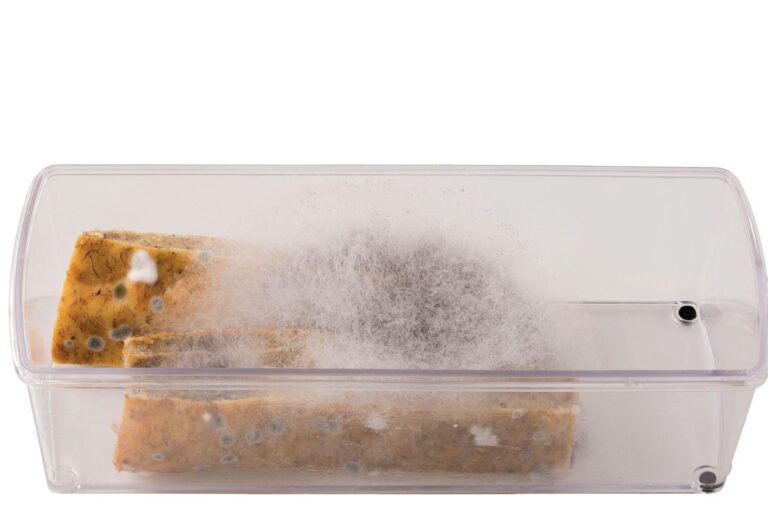Can You Eat Chicken Three Days After the Sell-By Date? Let’s Dive In!
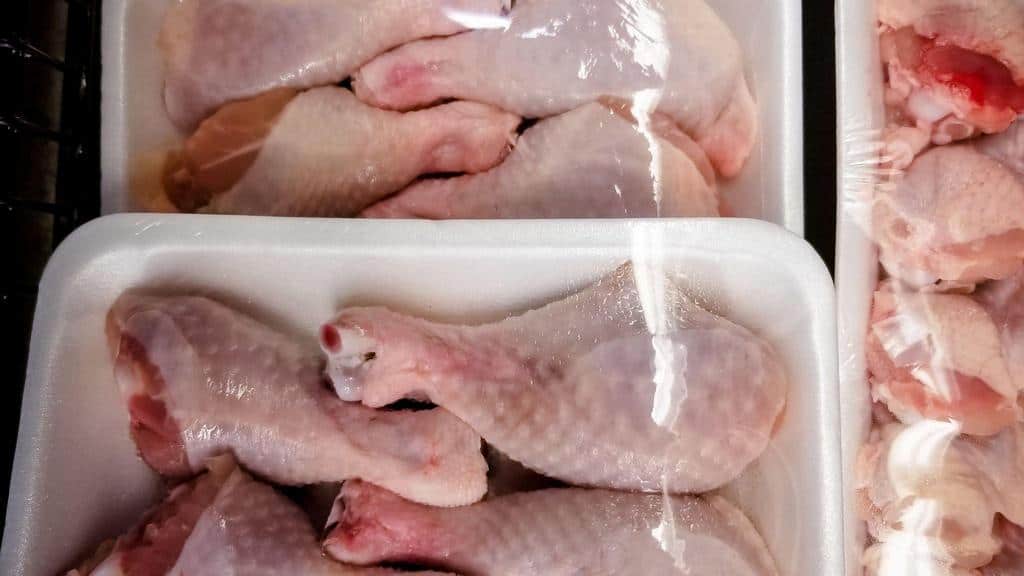
You’re hungry, and there’s a package of chicken in your fridge that’s been hanging around longer than you’d like. You glance at the sell-by date and wonder, “Can I eat chicken three days after the sell-by date?” Before you grab that skillet and start cooking, let’s break down everything you need to know about chicken safety, storage, and how to tell if your poultry is still good to go.
Now, the question is: is it still safe to cook and eat that chicken? Food labels like sell-by dates can be confusing, leaving many of us wondering if food is truly unsafe after that date or if there’s a little flexibility.
So, can you eat chicken that’s a few days past its sell-by date? How do you know if it’s still fresh or if it could pose a risk to your health? In this article, we’ll break down the facts about sell-by dates, how to check if chicken is safe to eat, and tips on proper food storage to maximize freshness and safety.
By reading this article, you’ll gain a clear understanding of how sell-by dates work, how to assess chicken for freshness, and when it’s safe to eat food past its date. This knowledge will help you avoid waste, make informed choices, and ensure your meals are safe to enjoy.
What’s the Deal with the Sell-By Date?

First off, let’s clarify what the sell-by date means. This date is a guideline used primarily by retailers to indicate how long a product can be displayed for sale before it starts to lose its quality. It’s not a magic number that dictates safety; instead, it serves as a helpful hint for stores.
While products can often still be safe to consume after this date, stores can’t sell them anymore because they may not look as fresh. So, if you want your chicken to last longer, avoid buying it close to or past the sell-by date. Think of it like a ticking clock; the longer it’s in your fridge, the less time you have before it goes from a delicious meal to a potential hazard.
The Use-By Date: What’s the Difference?
Now, you might come across the term “use-by date” or “best by date.” This is a bit different from the sell-by date. The use-by date indicates when a product will no longer be at its peak freshness, taste, or nutritional value. It doesn’t mean that the food is unsafe to eat after this date, but it does signify that it may not taste as good or have the same texture.
Proper storage plays a massive role here. If you keep your chicken in optimal conditions, it might still be just fine even after the use-by date. However, if the chicken hasn’t been handled correctly, it could spoil well before this date. So, treat your chicken with care!
| Alco check: Why Does Reheating Make Chicken Taste Odd? How to Make Taste Good |
How to Tell If Your Chicken Has Gone Bad
Chicken is notorious for being perishable. But how do you know if your chicken has turned bad? Here are a few telltale signs to look out for:
- Color: Fresh chicken should have a light pink hue, adorned with some white fatty pieces. If you notice a gray or green tint or yellow fat, it’s a clear sign that the chicken is no longer fresh.
- Smell: Trust your nose! Fresh chicken carries a mild odor. If you catch a whiff of a sour or sulfur-like smell, that chicken is waving a red flag—do not eat it!
- Texture: Fresh chicken should feel moist but not slimy. If it’s sticky, tacky, or has an unusual texture, toss it. Slimy chicken is like a warning sign that should not be ignored.
In a nutshell, fresh chicken should have a mild smell and no sliminess. Remember, frozen chicken tends to last longer since it’s less prone to spoilage.
The Risks of Eating Chicken Past the Sell-By Date
So, what happens if you decide to throw caution to the wind and eat chicken three days past the sell-by date? You could be rolling the dice with your health. Consuming spoiled chicken can lead to foodborne illnesses, often referred to as food poisoning.
Food poisoning occurs when you eat something contaminated with bacteria, viruses, or parasites. Sometimes, you don’t even need to ingest the critters themselves; just their toxins can cause symptoms. Symptoms can kick in within an hour or so of consuming contaminated food, and they can include:
- Vomiting
- Nausea
- Stomach cramps
- Diarrhea
- Fever
The illness can last anywhere from a single day to several days. Keep in mind that food poisoning poses a more significant threat to vulnerable groups, including the elderly, pregnant women, young children, and those with weakened immune systems.
The common culprits lurking in spoiled chicken include:
- Pseudomonas fluorescens: Often found in meat and dairy products, it can spoil food quickly.
- Shewanella putrefaciens: Known for producing off-odors, this bacterium signals spoilage.
- Clostridium perfringens: A common cause of food poisoning, especially when food is improperly stored or reheated.
Handling Chicken for Longer Freshness
To maximize the shelf life of your chicken, proper storage is key. Here’s how I handle chicken to keep it fresh and safe:
1. Refrigeration Right Away
As soon as I get home from the store, I pop my chicken in the fridge or freezer. If I plan to use it within one to two days, I leave it in the original packaging and place it in the fridge.
2. Freezing for Future Use
If I’m not going to cook it right away, I wrap the chicken in plastic or place it in a freezer bag before tossing it in the freezer. This simple step makes a world of difference, preventing freezer burn and maintaining quality.
3. Storing Cooked Chicken
After cooking, I make sure to store any leftovers in an airtight container or a plastic bag. This keeps the chicken fresh and safe to eat for several days.
| Related: Can You Fry Already Cooked Chicken? |
Chicken Storage Summary Table
Here’s a handy table to help you remember how to store your chicken properly:
| Storage Method | Duration | Notes |
| Raw Chicken in Fridge | 1-2 days | Keep in original packaging; store at 40°F or below. |
| Raw Chicken in Freezer | Up to 9 months | Wrap tightly to avoid freezer burn. |
| Cooked Chicken in Fridge | 3-4 days | Store in airtight containers. |
| Cooked Chicken in Freezer | 2-6 months | Ensure airtight packaging. |
Conclusion: Trust Your Instincts
In the end, when it comes to chicken, it’s better to be safe than sorry. I make it a habit to always check the sell-by and use-by dates and to trust my senses. If you find yourself questioning the freshness of your chicken, it’s best to err on the side of caution.
Remember, food safety is no joke! A little extra diligence in handling and storing your chicken can save you from a world of trouble later on. So, keep your fridge organized, follow the rules of proper food storage, and enjoy your delicious chicken dishes without a worry. Happy cooking!


